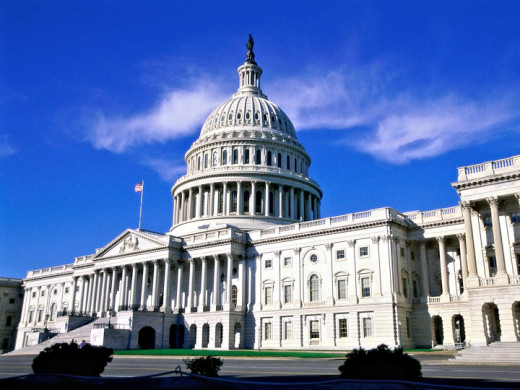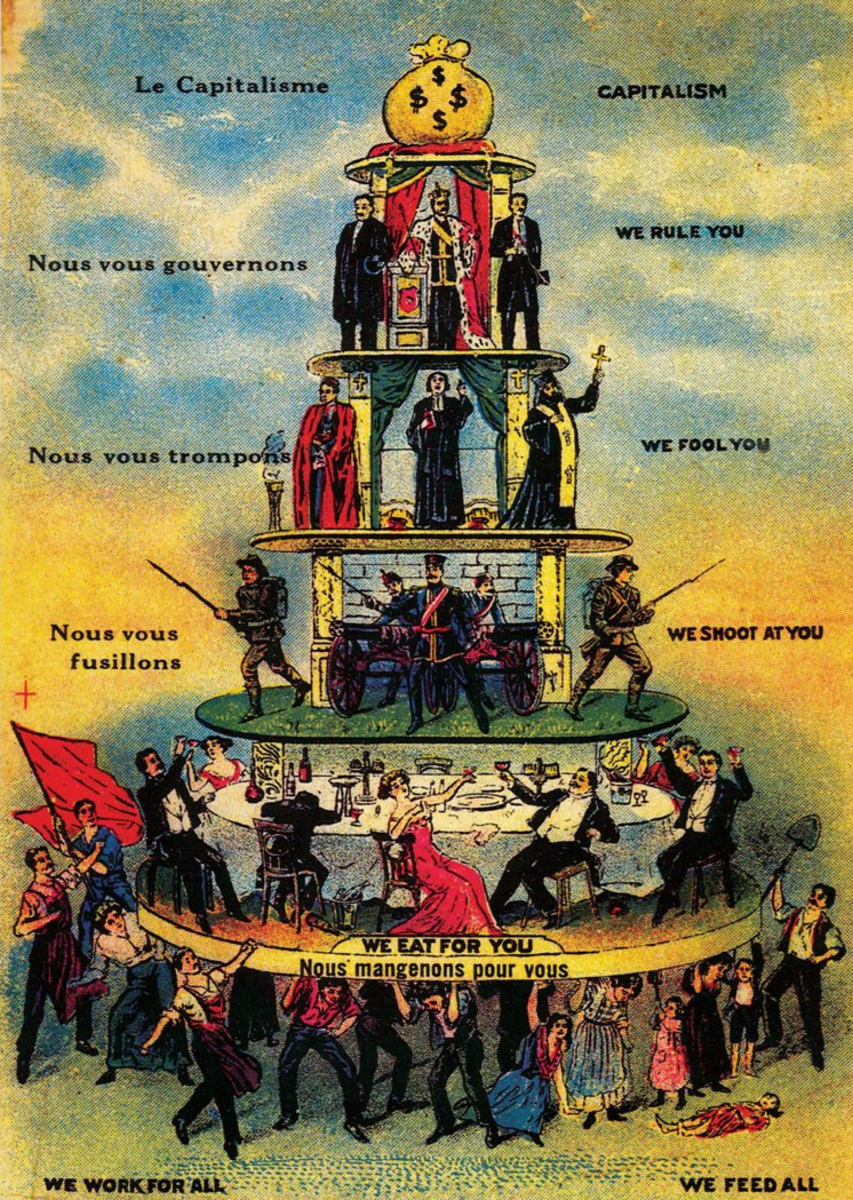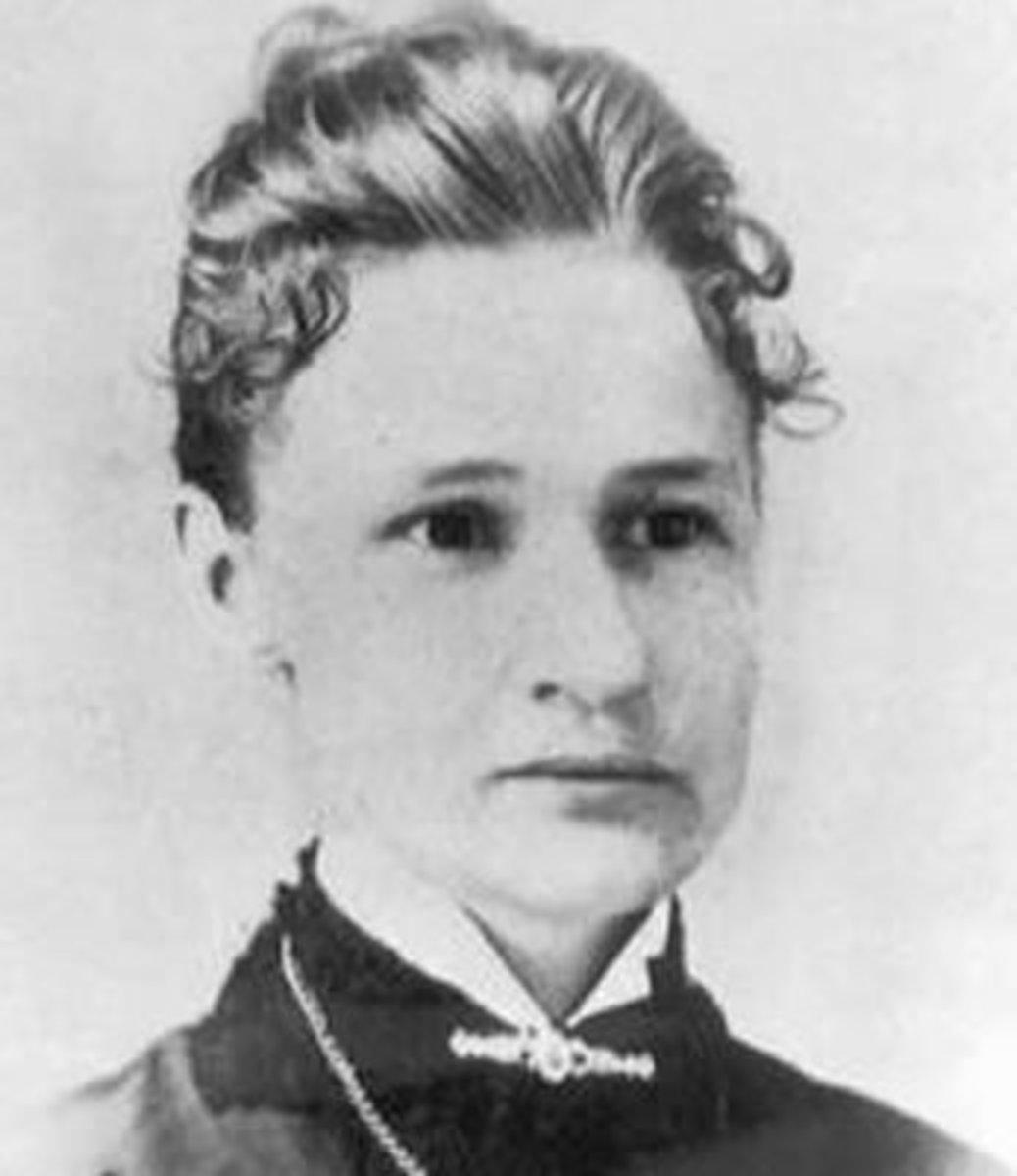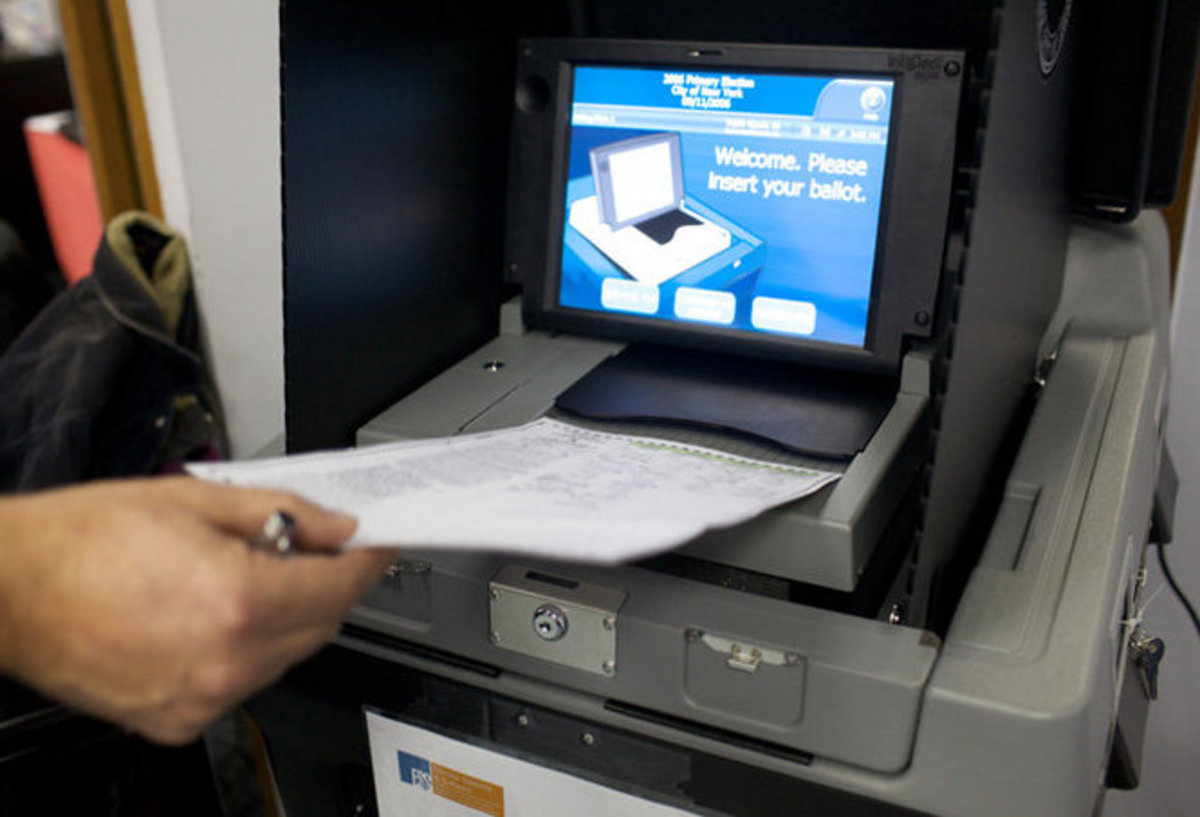Looking at Bureaucracies

Introduction
Public Administration is defined in a democratic system as "the procedure by which government organizations supply essential goods and services, manage resources and resolve conflicts under a directive to do so fairly and efficiently, while accounting to the public for both means and outcomes." Supply, manage, and resolve are active verbs. Government organizations should have an active role in the lives of the constituents they serve. All forms of government organizations establish bureaucracies to administer their mandates and deal with the public welfare. Bureaucracy is therefore an administrative apparatus used by numerous federal agencies to perform their governmental services.

What is a Bureaucracy …
A bureaucracy is characterized by a highly developed division of labor, an authority structure, the assignment of certain tasks to specific individuals, and regulations established for the operation of the organization. A member of the bureaucracy, called a bureaucrat, recruits for a job based on qualifications, such as education or experience, which show an ability to do specialized tasks. Usually the salary of a bureaucrat depends on the person's status or grade within the organization, rather than on performance or productivity, unlike in the private sector. The market does not affect the outcome of governmental wages; however, it can be a barometer in the comparison of public and private organizations. There are many agencies that are indicative of a classic bureaucrat agency. This paper will address the issue of bureaucracy in context of these types of organizations.
Most of the programs represented by federal government agencies have a legislative base, a separate budget, and a headquarters administration which is responsible for nationwide allocation of resources, program integrity, policies, and priorities. Congress sets the overall requirements and funding for these programs and establishes the scope and extent of federal participation. Agencies are created to meet a specific problem or perform a set of tasks. The agencies determine policy for administrative application and develop regulatory and other program specifications which may include policy statements, background and other descriptive information, operating procedures, functional guides, staffing patterns, cost and accounting models, other illustrative criteria, research and design findings, and the like. In established and well defined programs, the guideline material is frequently detailed and comprehensive. In newer programs, it may be more limited or general.
As stated in the introduction, a bureaucracy is characterized by a highly developed division of labor, an authority structure, the assignment of certain tasks to specific individuals, and regulations established for the operation of the organization. Some federal bureaucracies work in conjunction with state and local governments to identify public needs, set priorities, implement programs, and to assure that the activities they support are well organized, managed, and consistent with national goals and objectives. Significant authority is frequently delegated to “the field,” including the authority to award grant funds, and the conclusions, recommendations, and determinations of field personnel typically from the basis for awarding funds. Again as stated in The Psychology of Bureaucracy, Downs Chapter 4, the public administrator is left with the responsibility of judging what is acceptable in the organization. The public administrator determines whether the subordinate does the job well or badly. Who the public administrator is depends on who the organization says he is. As later discussed, they are virtually in charge of any local organization, if not in part, in totem.

The Efficiency of Bureaucracies …
The virtue of a bureaucracy lies in doing efficiently the job for which it is intended. To accomplish this goal, agencies need trained, professional workers who are dedicated to public service. Anthony Downs says that most public administrators are "self-servers”. To a certain degree this is true. Everyone who works is interested in personal gain. The public administrator, however, should also be interested in providing goods and services to those who rely on him/her.
Ralph Hummel writes in The Bureaucratic Experience (1994), “Two forces originating in organizations’ structure shape the bureaucratic personality.” First, there is always someone else who is in charge of what you do: deciding whether what you do is socially right or wrong. Second, what you do is predefined by job description, rules, and the division of labor. This relieves you of having to decide for yourself what work activity is most appropriate for the task at hand. Rigid rules and regulations leave little room for public administrator’s discretion.
Citizen empowerment is not always an issue in some policy organizations. This is generally true when a service is provided to the general public. There is no inquiry as to how citizens feel regarding the services provided. The democratic process is overshadowed by bureaucracy. Congress gives the agency the power to perform certain duties. The citizenry have no voice in how the organization will operate.

No Room for Egos …
Personal prejudices and bias corrupt the adhesive fiber in an organization. Therefore, it is important to have accountability. Accountability serves to insure that the administrator is functioning as required. Along with accountability, the public administrator should be rational, efficient, responsive, and responsible. When bureaucratic rules and procedures created to achieve certain ends become ends themselves, public administrators become mechanical.
Inside Bureaucracy, Anthony Downs says that bureaucracy is here to stay and its complete elimination is not possible, due to the fact that some functions can only be served through a bureaucratic process. The public administrator who feels a sense of "helplessness" will have difficulty working in pure bureaucratic organizations. Inner standards must not be brought into this organization. The Ego is replaced by office standards, according to Downs. Since the Ego is the master over the individual's survival in the environment, the removal of the final decision making power from individual egos to the "organizational ego" is necessary for bureaucracy to survive Downs would argue. There is some legitimacy in this statement. Without centralized control, chaos would result.

Cohesiveness is a must …
Downs believes that the public administrator gets the work done through work bond. By this process, external reinforcements and psychological cohesiveness are achieved between manager and subordinate. There are some organizations in which very little "bonding" exist. Supervisors are perceived as "cold" or "unfeeling" and Subordinates are considered "whiners" or "complainers". I have personally worked at two such organizations in the past. The work was being done in those organizations, but not as effectively as it could have been.
The desire to accomplish the "mission" without regard to "human casualties" should be the focus. If changes in behavior, rules, structures, and goals are to be achieved in any organization; the public administrators have a need to address each issue. Otherwise, there will exist a serious breach in the organizational fabric. "Human skill is the executive's ability to work effectively as a group member and to build cooperative effort within the team he leads" (Katz, 1974, p.92).
The Process of Change, Ralph Hummel, in Chapter 3 says that the greater the public administrator's involvement, the more resistance there is to change. An administrator should know:
- The larger organizations resist change more than smaller ones.
- Smaller organizations are more flexible and innovative minded.
- The smallest amount of people involved in a change, the faster the change will occur.
The public administrator must time changes in order to achieve a more favorable reaction. In some cases, it is imperative. Change must come and it is up to the public administrator to implement it effectively and efficiently.
Major Bureaucratic Faults …
There are two major faults that may occur in any bureaucracy. First, an agency may forget that its purpose is to serve the public. It may become overly aggressive in its actions and policies and may seek to expand its size, jurisdiction, and power at the expense of the public and other agencies. Second, an agency may become so bogged down in routine and procedures that it forgets its function and its assignments. It may seek to avoid responsibility and to shift work onto some other agency. It may also become afraid of innovation or challenge and seek only to perpetuate its own existence.
To guard against bureaucratic excess and failures, agencies of governments are made accountable to elected officials. Bureaucracies are also subject to the law and a process known as judicial review by which courts or tribunals may pass judgment on an agency's decisions.
Final Words ...
Indeed, bureaucracy is here to stay. Whether it is seen as an evil or good is a matter of perception. The optimist says the glass is half-full. The pessimist says that the glass is half-empty. I prefer to see the glass as having room for improvement, but definitely half-full.
This content reflects the personal opinions of the author. It is accurate and true to the best of the author’s knowledge and should not be substituted for impartial fact or advice in legal, political, or personal matters.
© 2014 Jacqueline Williamson BBA MPA MS






